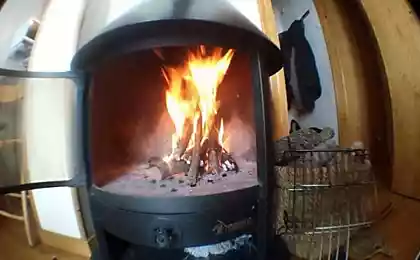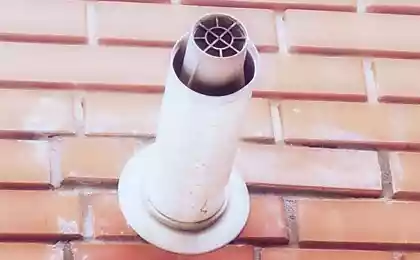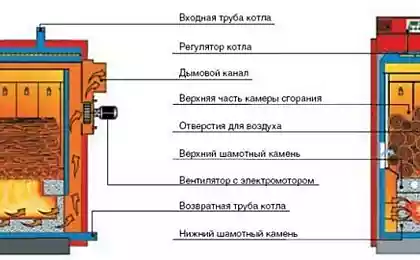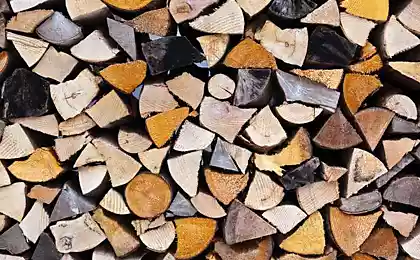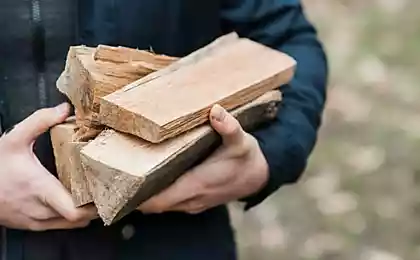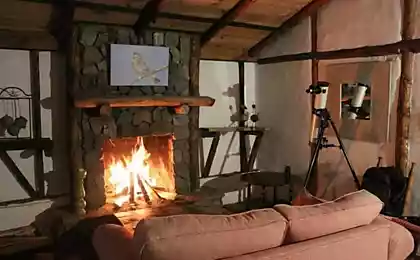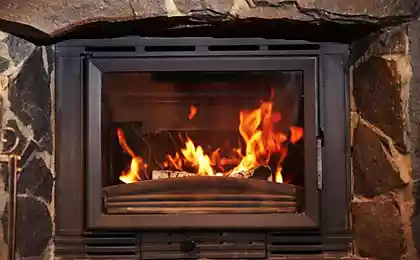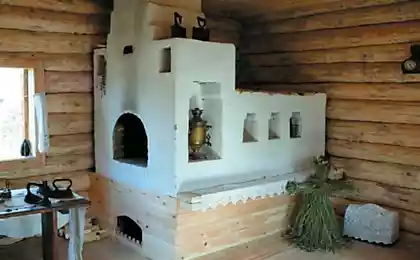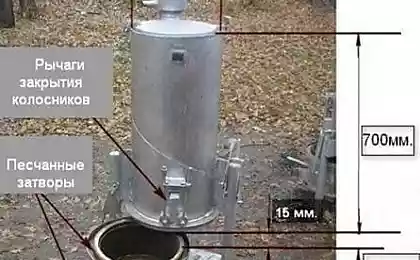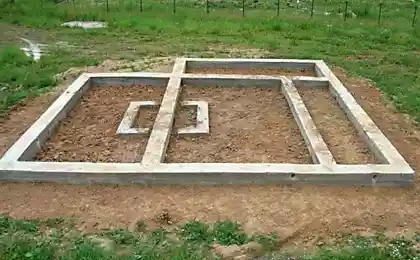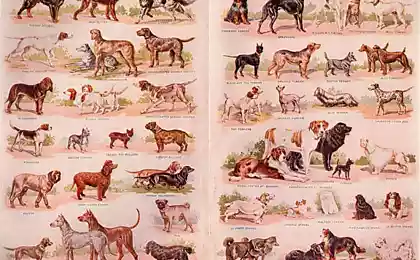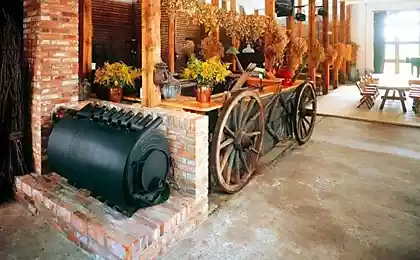731
4 ways to reduce the pollution of the chimney soot
When burning any wood in the chimney soot is formed. To completely prevent its occurrence is impossible — it is a natural process that accompanies the burning. But the amount of emitted soot can be reduced if you follow some rules.
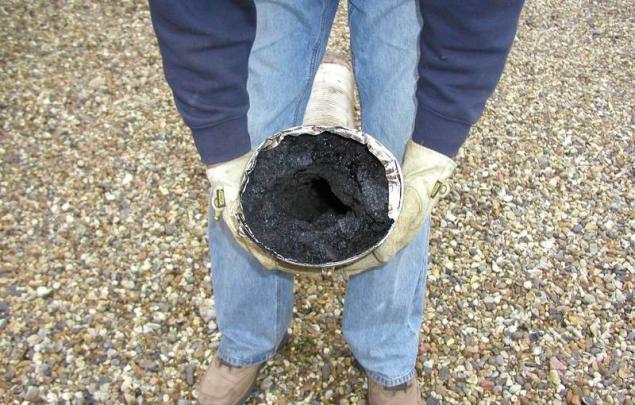
Use wood from solid hardwood
Some wood is stronger than others pollute the chimney with soot, as they contain more resin, tar, creosote and oils – substances that form soot. If you use wood with a low content of these substances, carbon black will appear smaller.
The types of wood that are stronger than pollute the chimney soot:
Pine, spruce and other coniferous species of wood contain a large amount of resin; Birch, the bark of which contains birch tar; Fuel briquettes or pellet pellets from husk sunflower seeds contain oil. Use of hard wood (deciduous) species of wood: oak, beech, hornbeam, poplar, walnut, larch, pear, Apple, sycamore.
Use the driest woodWhen burning wood with the smoke rising to the ashes. Under the influence of water vapor, small particles of ash are glued together in large clumps, which are not able to evaporate through the chimney and stick on the walls in the form of soot.
The higher the humidity of the wood, the more combustion, of water vapor, which contribute to the formation of soot. The optimum moisture content of the wood, which can be achieved by drying in the home is 15-20%.
Maintain the optimum mode of burning firewoodfrom a firewood burning: low, high and optimum.
In degraded wood burning is not strong enough: carbon for complete combustion is lacking the carbon particles. This produced an excess of carbon particles, which are deposited on the walls in the form of soot and grime.
The combustion mode can be determined by the temperature of the flue gas:
Low: 0 to 120 degrees is Optimal: from 120 to 320 degrees Increased from 320 and above Simple and easy method to determine the combustion mode is to use the indicator of combustion. This is a special thermometer that is attached to a metal chimney. The indicator in real time measures the temperature of the flue gases and shows the current combustion mode.
If wood burning in reduced mode, you need to add wood or to increase the flow of air.
Increase the initial temperature of the furnace and firewooda Large amount of soot allocated
at the initial stage of combustion of firewood, when the firewood only inflame. Due to insufficient combustion temperature of the volatile matter burn fully not rise up and deposited on the walls in the form of soot.
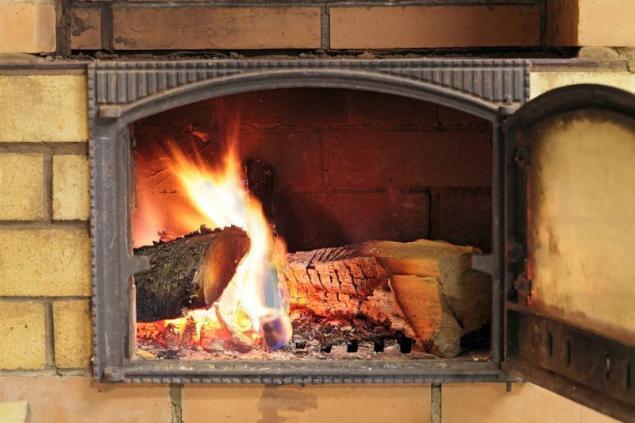
The faster the wood will flare up and reach optimum temperature combustion, the less soot settles in the chimney. To speed up the process it is necessary to increase the initial temperature of the wood and the firebox.
How to do it:
Put the firewood in the house for 2-3 days prior to ignition to increase their initial temperature. The warmer the wood is initially, the less energy they will spend on heating in the furnace. Pre-heat the furnace. Burn it in a few chips before the main fire wood. So the wood will start to burn in the already heated furnace, and faster reach optimum combustion temperature. Close the flue once burned wood. Fireplace and chimney will be less cool due to the outside air and longer retain the temperature. If you have a fireplace or stove use hearth burning. Use the tools to clean the chimneyEven if you follow all the rules, in any case, the chimney and the heater will accumulate soot. To 100% to prevent its occurrence use tools to remove soot. This special Supplement to the firewood, which destroys the soot at the stage of burning firewood. The chimney and the heater remained constantly clean, which ensures their efficient work.
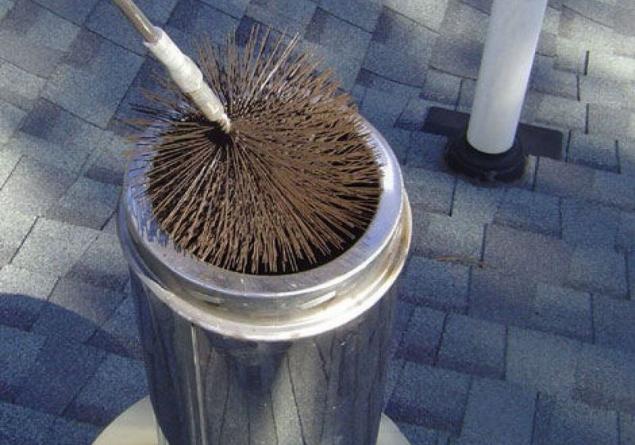
ConclusionUse the wood of hard deciduous wood species that contain a small amount of tar, tar, creosote and oils. Fit oak, beech, hornbeam, poplar, walnut, larch, pear, Apple, sycamore. Avoid using pine and other conifers, birch with lots of bark briquettes or pellets from husk sunflower seeds. Use the driest wood. Water vapor stick together the ashes into large clumps, which because of the large weight can not disappear with a smoke through the chimney and stick on the walls in the form of soot. Maintain optimal combustion mode. If the wood burning is too weak, produced an excess of carbon, which settles on the walls in the form of soot and grime. Increase the initial temperature of the wood and the firebox. The faster the wood will pick up heat and reach optimum combustion temperature, the less they will secrete substances that form soot. published
Source: term.od.ua/blog/4-sposoba-umenshit-saju/

Use wood from solid hardwood
Some wood is stronger than others pollute the chimney with soot, as they contain more resin, tar, creosote and oils – substances that form soot. If you use wood with a low content of these substances, carbon black will appear smaller.
The types of wood that are stronger than pollute the chimney soot:
Pine, spruce and other coniferous species of wood contain a large amount of resin; Birch, the bark of which contains birch tar; Fuel briquettes or pellet pellets from husk sunflower seeds contain oil. Use of hard wood (deciduous) species of wood: oak, beech, hornbeam, poplar, walnut, larch, pear, Apple, sycamore.
Use the driest woodWhen burning wood with the smoke rising to the ashes. Under the influence of water vapor, small particles of ash are glued together in large clumps, which are not able to evaporate through the chimney and stick on the walls in the form of soot.
The higher the humidity of the wood, the more combustion, of water vapor, which contribute to the formation of soot. The optimum moisture content of the wood, which can be achieved by drying in the home is 15-20%.
Maintain the optimum mode of burning firewoodfrom a firewood burning: low, high and optimum.
In degraded wood burning is not strong enough: carbon for complete combustion is lacking the carbon particles. This produced an excess of carbon particles, which are deposited on the walls in the form of soot and grime.
The combustion mode can be determined by the temperature of the flue gas:
Low: 0 to 120 degrees is Optimal: from 120 to 320 degrees Increased from 320 and above Simple and easy method to determine the combustion mode is to use the indicator of combustion. This is a special thermometer that is attached to a metal chimney. The indicator in real time measures the temperature of the flue gases and shows the current combustion mode.
If wood burning in reduced mode, you need to add wood or to increase the flow of air.
Increase the initial temperature of the furnace and firewooda Large amount of soot allocated
at the initial stage of combustion of firewood, when the firewood only inflame. Due to insufficient combustion temperature of the volatile matter burn fully not rise up and deposited on the walls in the form of soot.

The faster the wood will flare up and reach optimum temperature combustion, the less soot settles in the chimney. To speed up the process it is necessary to increase the initial temperature of the wood and the firebox.
How to do it:
Put the firewood in the house for 2-3 days prior to ignition to increase their initial temperature. The warmer the wood is initially, the less energy they will spend on heating in the furnace. Pre-heat the furnace. Burn it in a few chips before the main fire wood. So the wood will start to burn in the already heated furnace, and faster reach optimum combustion temperature. Close the flue once burned wood. Fireplace and chimney will be less cool due to the outside air and longer retain the temperature. If you have a fireplace or stove use hearth burning. Use the tools to clean the chimneyEven if you follow all the rules, in any case, the chimney and the heater will accumulate soot. To 100% to prevent its occurrence use tools to remove soot. This special Supplement to the firewood, which destroys the soot at the stage of burning firewood. The chimney and the heater remained constantly clean, which ensures their efficient work.

ConclusionUse the wood of hard deciduous wood species that contain a small amount of tar, tar, creosote and oils. Fit oak, beech, hornbeam, poplar, walnut, larch, pear, Apple, sycamore. Avoid using pine and other conifers, birch with lots of bark briquettes or pellets from husk sunflower seeds. Use the driest wood. Water vapor stick together the ashes into large clumps, which because of the large weight can not disappear with a smoke through the chimney and stick on the walls in the form of soot. Maintain optimal combustion mode. If the wood burning is too weak, produced an excess of carbon, which settles on the walls in the form of soot and grime. Increase the initial temperature of the wood and the firebox. The faster the wood will pick up heat and reach optimum combustion temperature, the less they will secrete substances that form soot. published
Source: term.od.ua/blog/4-sposoba-umenshit-saju/

